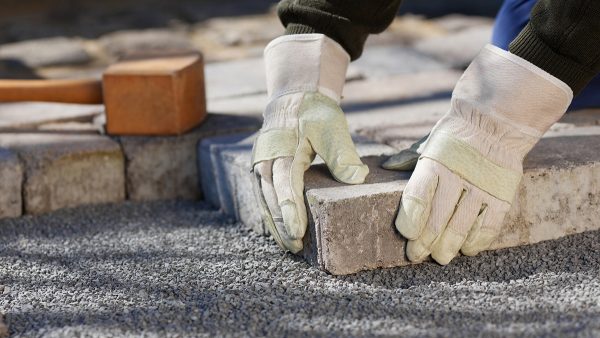What are the different types of masonry?

Masonry is one of the oldest construction techniques on earth. From the mud brick ziggurats of ancient Mesopotamia to modern concrete block buildings, it’s been an integral part of human history. But today, we have a variety of materials and techniques that weren’t available to those ancient peoples. So what are the different types of masonry you can choose?
Solid vs. veneer
Masonry can be broken into two broad categories: solid and veneer.
Solid masonry is exactly what it sounds like: it’s solid all the way through. It’s used to build structures.
Veneer masonry is decorative. Many modern “stick-built” wood-framed houses have veneer masonry; few are made of solid masonry, despite their outside appearance.
Brick, stone, and block
These are the three primary materials used for masonry.
Brick is used for both solid and veneer masonry. There are different grades of brick; some are suitable for long-term exposure to the elements, others are not. Make sure you’re using the correct brick for your application. Bricks are always made of hard-baked clay.
Stone is also used for both solid and veneer masonry. These days, though, you’ll see more stone as veneer. You may hear of “undressed” and “dressed” stone, or “rubble” vs. “ashlar.” These both mean similar things. Undressed or rubble masonry uses stone in irregular shapes. Dressed or ashlar masonry uses pattern-cut stone. You might also hear about manufactured stone, often used in veneers.
Finally, block is made of concrete. You’ll hear them called concrete blocks or perhaps cinder blocks. These are similar to bricks but made on a much larger scale, making them very quick to lay compared to traditional brick.
Choosing the right type of masonry
Veneer, solid, brick, stone, block—which is best for you and your project? It will depend. We’ll help you figure out what works best for your masonry job. Talk to JKI today; we can help you with any of your masonry needs.
